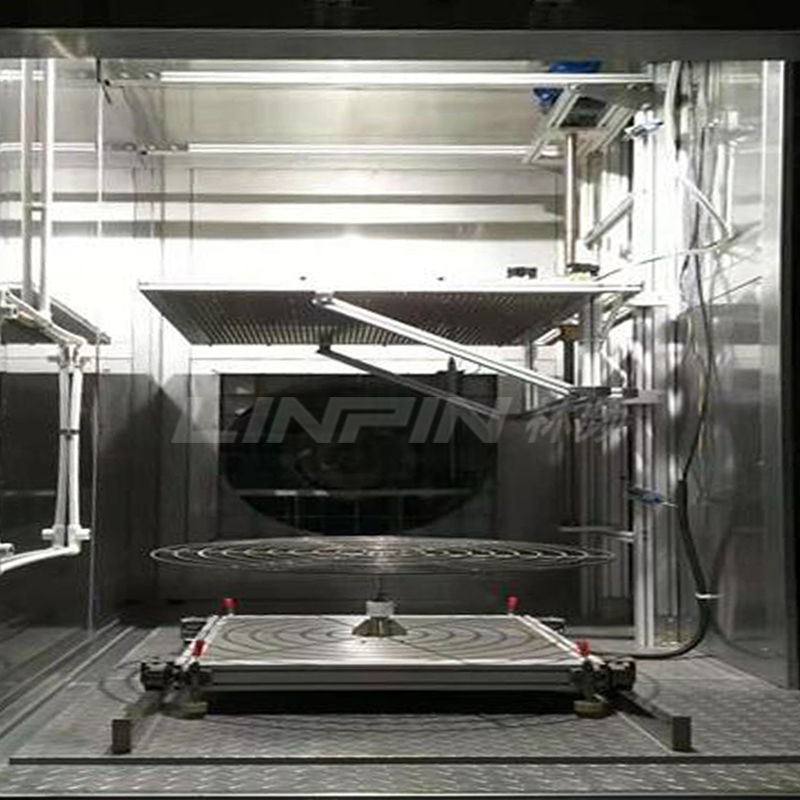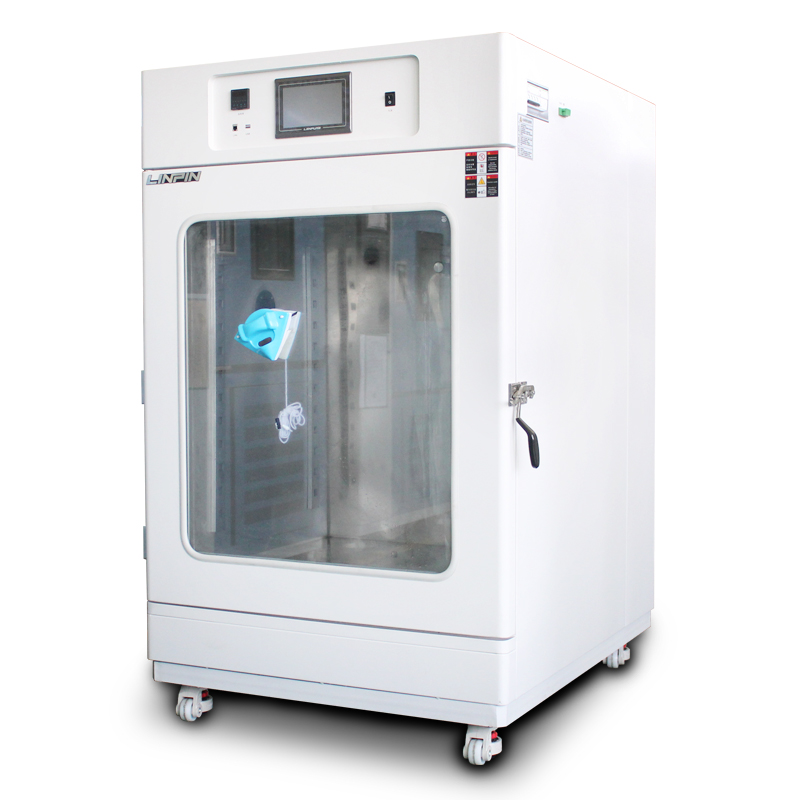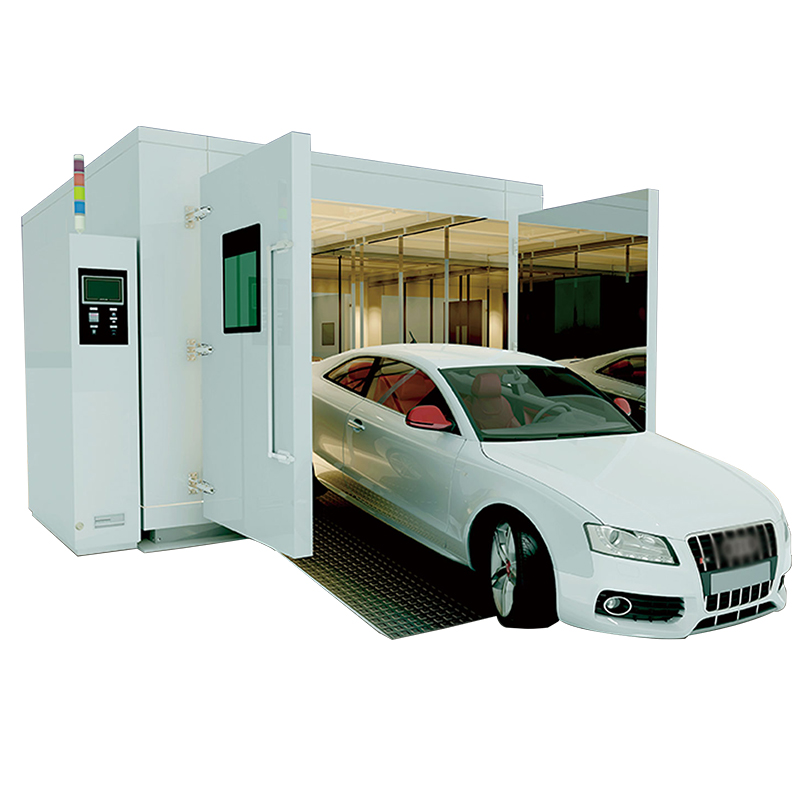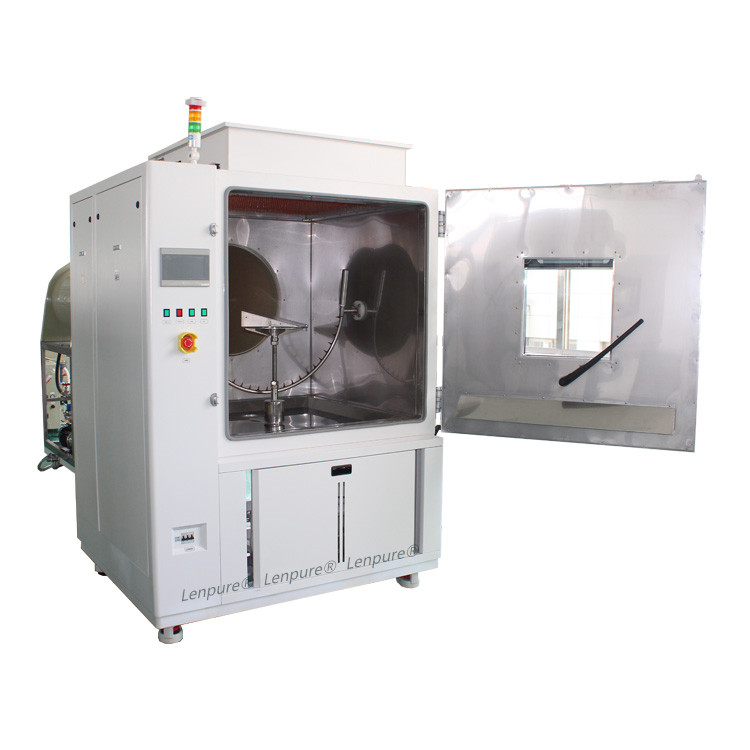The testing cycle of a sand and dust test chamber is generally how long?
Author:LINPIN Update Time:2025-07-17 Source:LINPINWith the increasing demands for product environmental adaptability in industries such as manufacturing, electronic devices, and military equipment, sand and dust test chambers have become essential equipment for evaluating product resistance to dust. Understanding the testing cycle of a sand and dust test chamber is crucial for arranging test schedules efficiently and improving R&D productivity. Below, we will delve into the topic of "How long is the testing cycle of a sand and dust test chamber generally?" by exploring industry standards and practical applications of sand and dust testing. This will help enterprises scientifically plan testing processes and achieve comprehensive improvements in product quality.
- Industry Standards for the Testing Cycle of Sand and Dust Test Chambers
Sand and dust testing is typically conducted in accordance with international and domestic standards, such as IEC 60068-2-68 and GB/T2423.37. These standards specify the testing duration, which generally varies depending on the product type and testing objectives:
Short-cycle testing: Common durations range from 4 to 24 hours, suitable for quickly assessing a product's basic protective performance in sand and dust environments.
Medium-cycle testing: Usually lasts 24 to 72 hours, used for more in-depth durability verification to simulate prolonged exposure to sand and dust.
Long-cycle testing: Exceeds 72 hours and can extend to hundreds of hours, primarily for extreme environmental durability tests to evaluate a product's long-term stability under harsh sand and dust conditions.
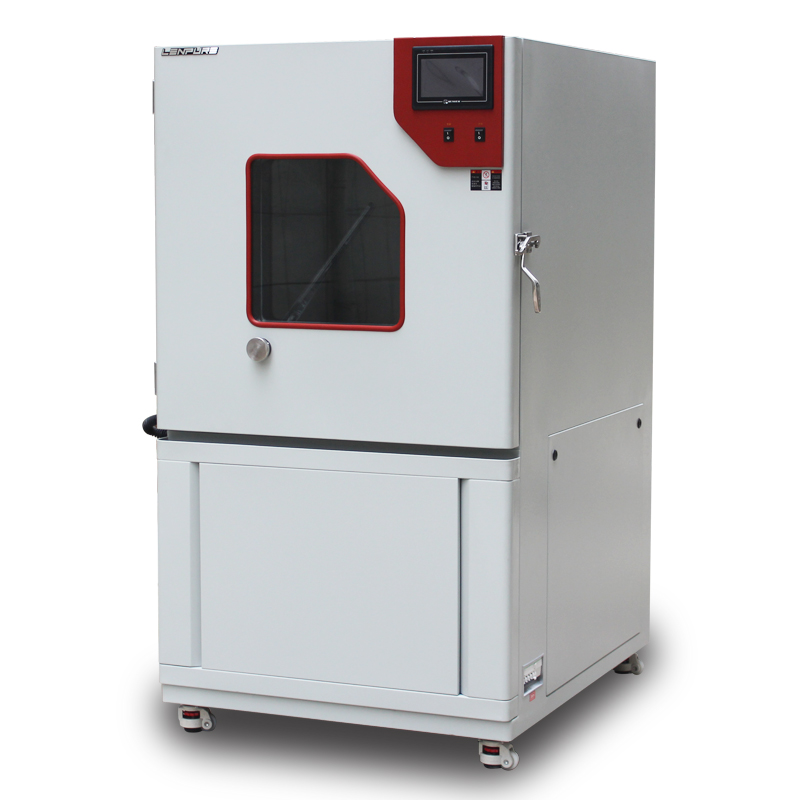
- Factors Influencing the Testing Cycle of Sand and Dust Test Chambers
The specific testing cycle is not only determined by standards but is also closely related to the following factors:
Product type and application environment: High-precision electronic devices, outdoor machinery, etc., require higher resistance to sand and dust, resulting in longer testing cycles.
Testing objectives: Whether it is for basic performance evaluation or durability verification, the cycle will vary significantly.
Sand and dust concentration and particle properties: Higher concentrations or finer particles may necessitate adjustments to the testing duration to accurately reflect real-world conditions.
Customer-specific requirements: Customized testing plans may involve flexible adjustments to the cycle based on actual needs.
- Advantages of Sand and Dust Test Chambers for Efficient Testing
Modern sand and dust test chambers are equipped with precise control over dust concentration, airflow speed, temperature, and humidity, ensuring highly consistent and repeatable testing environments. Advanced equipment supports rapid cyclic testing, shortening the testing cycle while ensuring reliable results. This helps enterprises quickly identify product defects and optimize designs.
The testing cycle of a sand and dust test chamber typically ranges from several hours to several days, with the specific duration determined by industry standards, product characteristics, and testing objectives. Properly planning the testing cycle not only ensures product quality but also enhances R&D efficiency and market competitiveness.

